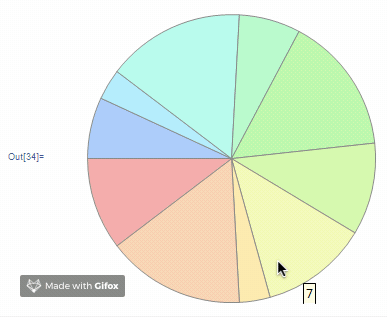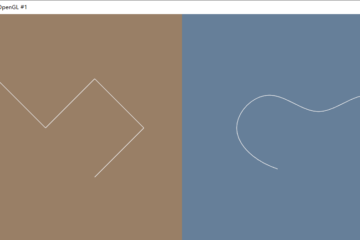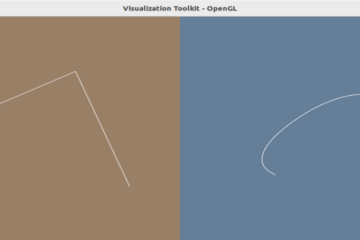Here are some notes about how to create, change , and plot data stored by lists. Many examples come from the book An Elementary Introduction To The Wolfram Language.
Make a plot of the first 10 squares, starting at 1.
ListPlot[Range[10]^2]
Make a combined list of the first 5 squares and cubes (numbers raised to the power 3), sorted into order
Sort[Join[Range[5]^2, Range[5]^3]]Find the number of digits in 2^128.
IntegerDigits[2^128]Length[IntegerDigits[2^128]]Find the first 10 digits in 2^100
Take[IntegerDigits[2^100], 10]Find how many zeros appear in the digits of 2^1000
Count[ IntegerDigits[2^1000], 0]Make a line plot of the sequence of digits that appear in 2^128
IntegerDigits[2^128]ListLinePlot[IntegerDigits[2^128]]
Use Take and Drop to get the sequence 11 through 20 from Range[100]
Drop[Take[Range[100], 20], 10]Make a list of the first 10 multiples of 3
Range[10]*3Make a pie chart of the sequence of digits that appear in 2^32.
PieChart[IntegerDigits[2^32]]
Make a list of pie charts for the sequence of digits in 2^20, 2^40, 2^60
List[PieChart[IntegerDigits[2^20]], PieChart[IntegerDigits[2^40]], PieChart[IntegerDigits[2^60]]]


